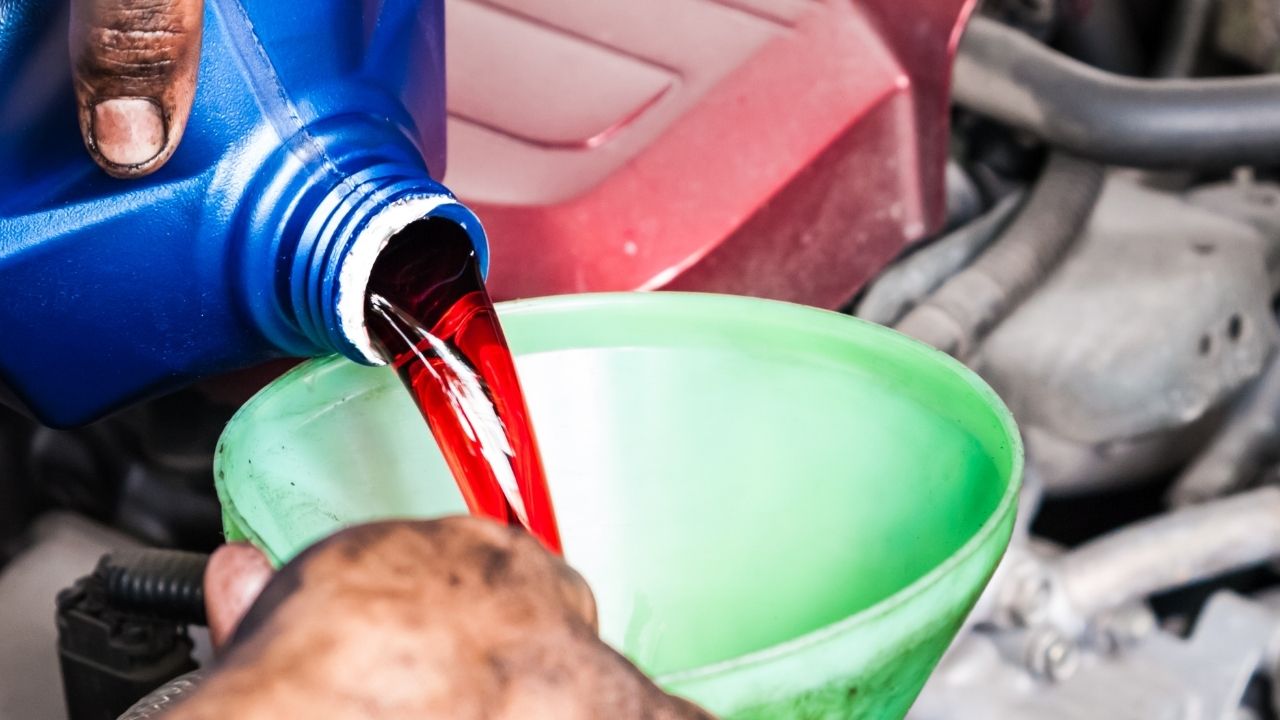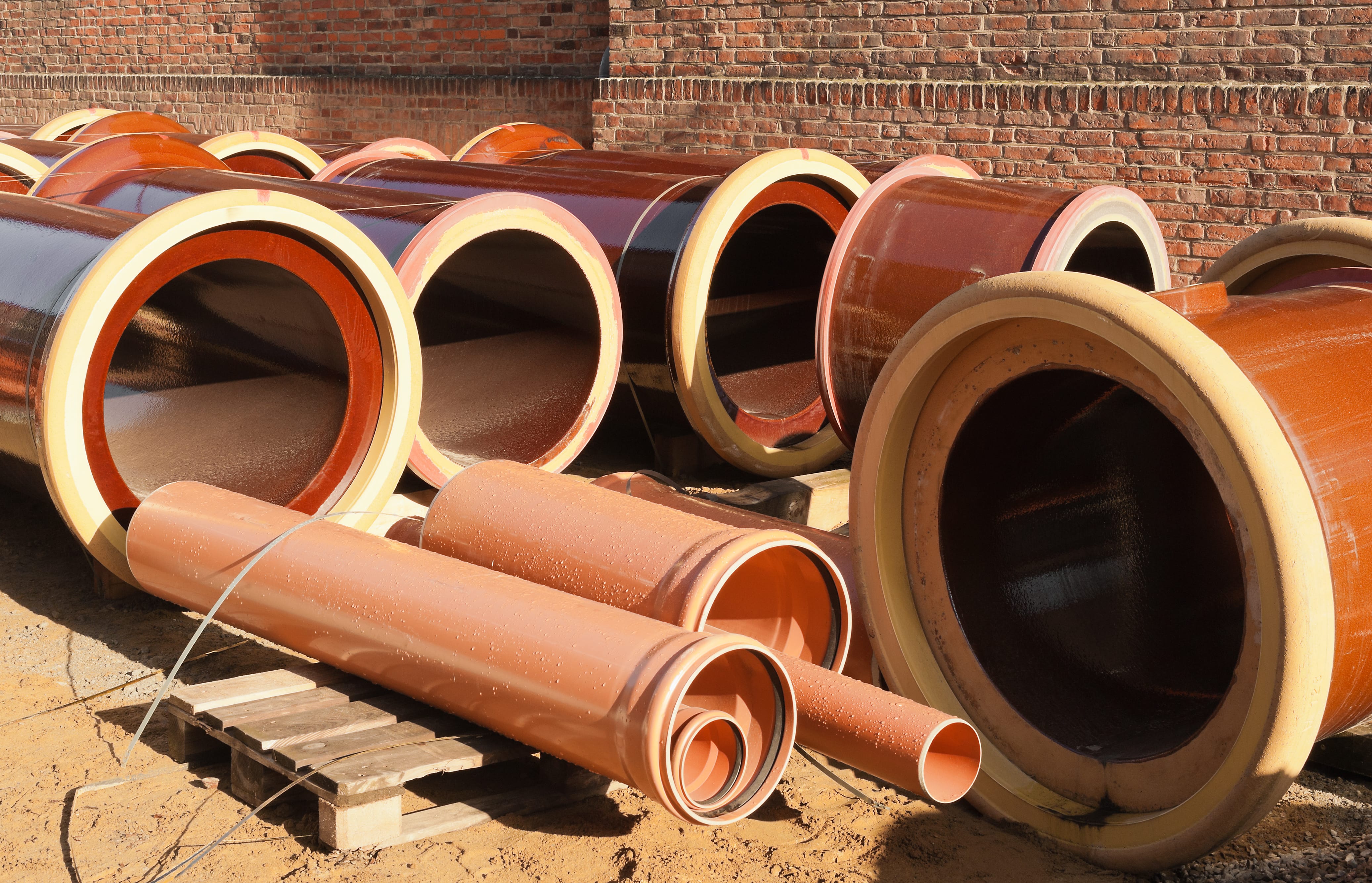People may assume that accidents are unavoidable. But when it comes to vehicle accidents, they are often preventable only by checking and doing regular maintenance. While you probably have auto insurance that covers you in the event of an accident -up to the policy limits-, an accident is invariably traumatic. After the term of your policy has expired, a less than flawless driving record will make it difficult to get cheap auto insurance rates under $50 per month.
Changing transmission fluid and filter every 30,000 to 50,000 miles is one of the regular car maintenance checks you need to do.
Do all cars use transmission filters?
Most modern transmissions use an oil pan with a drain plug, while many older ones do not. If you are wondering why every transmission does not come with one, it is because you are going to have to remove the oil pan anyway to replace the filter – which should be part of any fluid change if your transmission has a filter. In general, most American cars use transmission filters, while many imports do not.
What if your car does not have a filter?
If your car does not have a filter – something you can find out by consulting a parts house or a dealer – then the change procedure is that much simpler. You need only remove the drain plug from the pan, drain the transmission, torque the bolt to factory specifications and refill the transmission with the specified amount and type of fluid, using a funnel stuck into the check/fill tube. In other cases, such as for the Jeep transmission oil pan, you will need to remove the oil pan bolts and the oil pan itself.
Changing Transmission Fluid and Filter
Once you have purchased a gasket/filter kit for your car, you need to make the change step by step:
Getting the pan off
- Starting with the engine cool, jack the front of the car up and support it on jack stands.
- Remove the pan bolts, starting at the corners and working your way toward the center, leaving the center bolts on either side of the pan for last.
- Start at one side of the pan and work your way to the other or you risk bending the oil pan flange with the weight of the transmission fluid.
*At this point, you may find it helpful to employ the services of an assistant.
- Lie on one side of the vehicle, hold the pan while you remove your bolt, and then hold the pan while your assistant removes his bolt and holds up his side.
- You’ll lower the entire pan down into a drain pan.
Cleaning the pan
- After you get the pan off, dump it and clean it thoroughly with a dry, lint-free cloth.
- Scrape any remaining gasket material off the pan flange with a plastic gasket scraper.
Now, turn your focus to the transmission
You will find the filter hanging under the transmission, and you will usually find it secured to the transmission with one or two bolts, although some are simply press-fit.
- Remove any bolts and pull the filter free, being careful not to dislodge any O-rings or seals.
- Use a plastic gasket scraper to remove any gasket material from the bottom of the transmission case. Do not use a screwdriver, or you risk gouging the soft aluminum case with hardened tool steel.
- Once you have the case free of gasket material, dry off the mating surface with a lint-free cloth.
Installing the new filter and oil pan gasket
- Before you install the new filter, lubricate the new filter O-rings or seals with some transmission fluid.
- Push the new filter into place, reinstall the clamp or hold-down bolts and torque them to your factory specification.
- Finally, place the new oil pan gasket atop your now-clean oil pan; you might consider pushing a couple of bolts through the pan flange to hold the gasket in place. It can tend to squirm around a bit during installation.
- Install all the bolts and tighten only with your fingers.
Now comes the tricky part, the one that will decide whether you drive away happy or leave a trail of gore behind you as the pan leaks:
- Tighten the bolts in a crisscross or star pattern, starting at the center bolts on either side – the last ones removed. You will need to torque them all to your factory torque specification, or you may warp the pan flange or snap off a bolt – either one will cause a leak.
Some mechanics like to tighten the pan in two stages: first to about 5 foot-pounds, and then in a second pass to the final torque figure. This method works just as well for the engine oil pan and valve cover gasket bolts, not to mention wheel lug nuts.
Verify you have done well
You should always verify that you have not made a mistake that could result in an unfortunate incident. Remember that your driving record is one of the factors that insurers consider when they rate you. Therefore, after an accident, you will move away from convenient a no deposit car insurance policies.
With your oil pan bolts properly torqued, lower the car and refill the transmission with the specified amount of specified fluid. Start the engine, and with your foot on the brake, slowly cycle the gear selector through all the gears, pausing for a few seconds in each one. Check the fluid level and add as necessary to bring the level to the “Cold” line. Add only a little at a time and recheck to avoid overfilling. Check the level again after your first drive.
Helpful tips
While transmission fluid itself is not any more toxic to the touch than engine oil, do not inhale transmission fluid fumes. Always perform transmission fluid changes in a well-ventilated area, preferably with a fan blowing under the car. ATF fumes may not only give you a whopping headache; they can also deliver a number of other unpleasant side effects.




